Australian retail turnover reached another record high in September as consumers were still willing to spend despite interest rate hikes and increasing living cost pressures.
Total sales reached a record high of $35.1 billion (US$22.5 billion), up 17.9 percent from the past 12 months.
The food industries were again the main driver behind the growth in total sales, with food retailing going up by one percent, and cafes, restaurants and takeaway food services increasing by 1.3 percent.
Spending on clothing and footwear stayed strong as turnover rose by two percent to $2.99 billion in September.
However, there was a slight decrease in the department stores category as well as household goods retailing, which has stagnated in recent months.
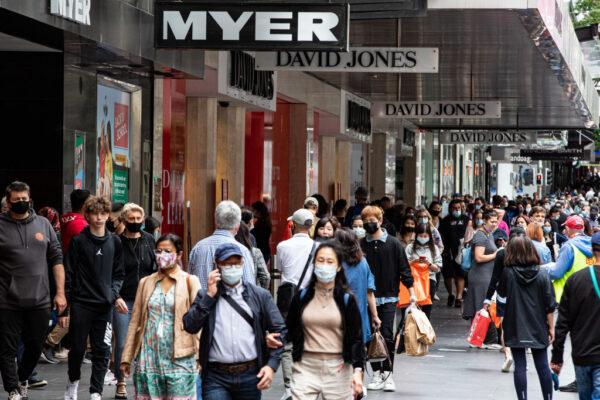
Sean Langcake, the head of macroeconomic forecasting at BIS Oxford Economics, said while retail trade grew in September, price inflation was feeding into higher sales, which suggested an actual fall in consumer spending.
“This is especially true of food and hospitality sales, where costs have increased due to the impact of floods on fresh produce prices and rising labour costs,” Langcake said in comments obtained by AAP.
In addition, he said the reduction in retail sales growth in discretionary items might imply that Australian households started to be affected by interest rate hikes and soaring inflation.
Rising Petrol Prices
The growth in retail sales came as petrol prices rose across the country, except Western Australia, in the week ending Oct. 30.However, there was a significant price difference in the Northern Territory, with retailers charging over two dollars a litre.
CommSec Chief Economist Craig James said in comments obtained by AAP that the factors behind the movement of oil prices remained unchanged as the dampening demand for oil due to COVID-19 lockdowns in China continued to put downward pressure on prices, while production restrictions by oil-producing countries kept prices at higher levels.
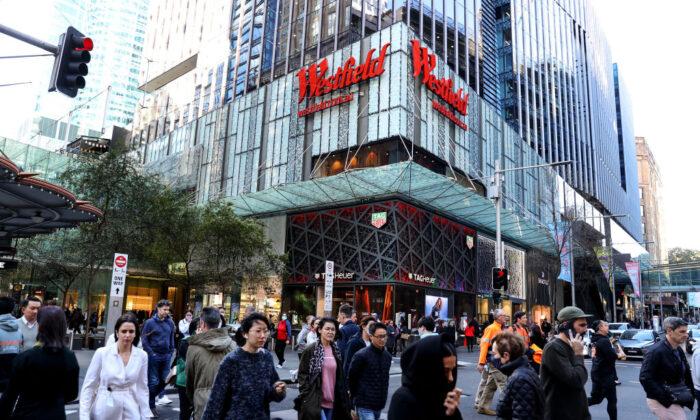

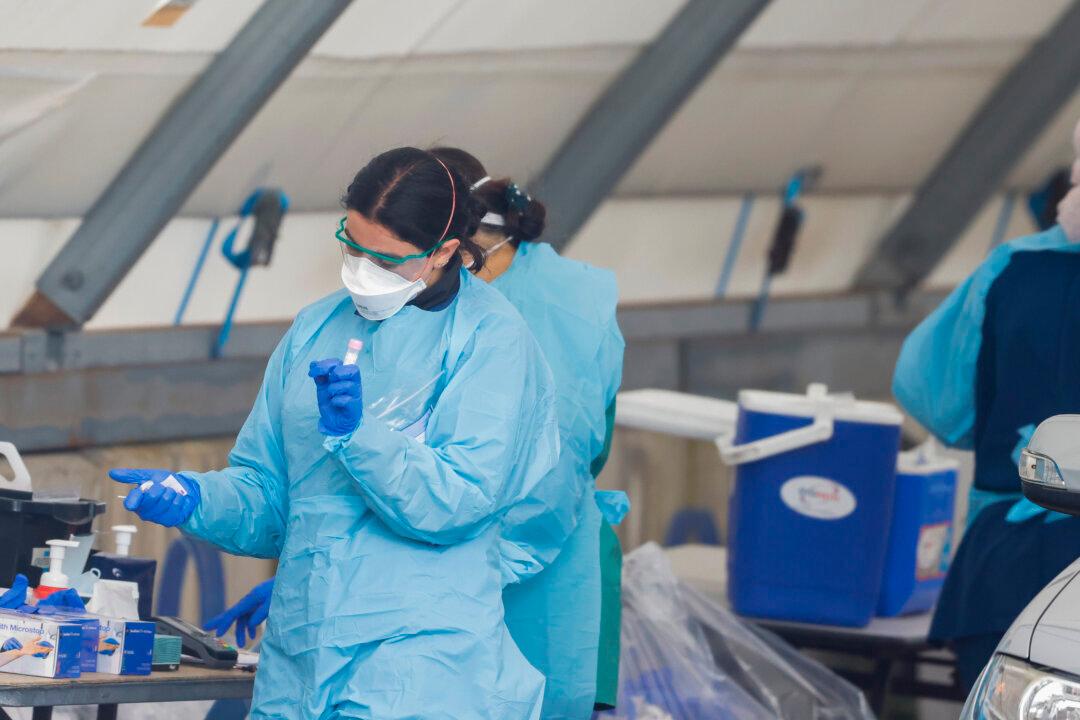
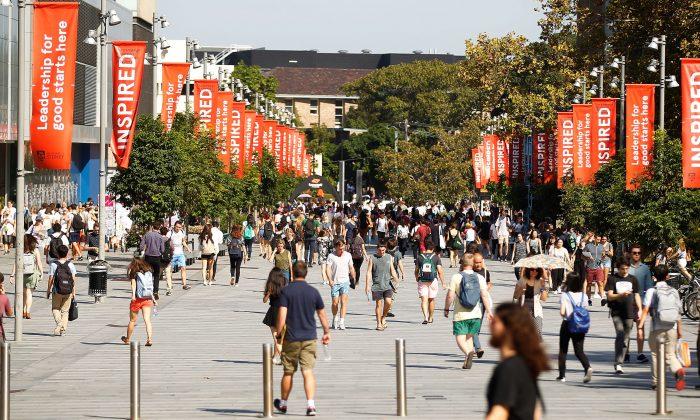

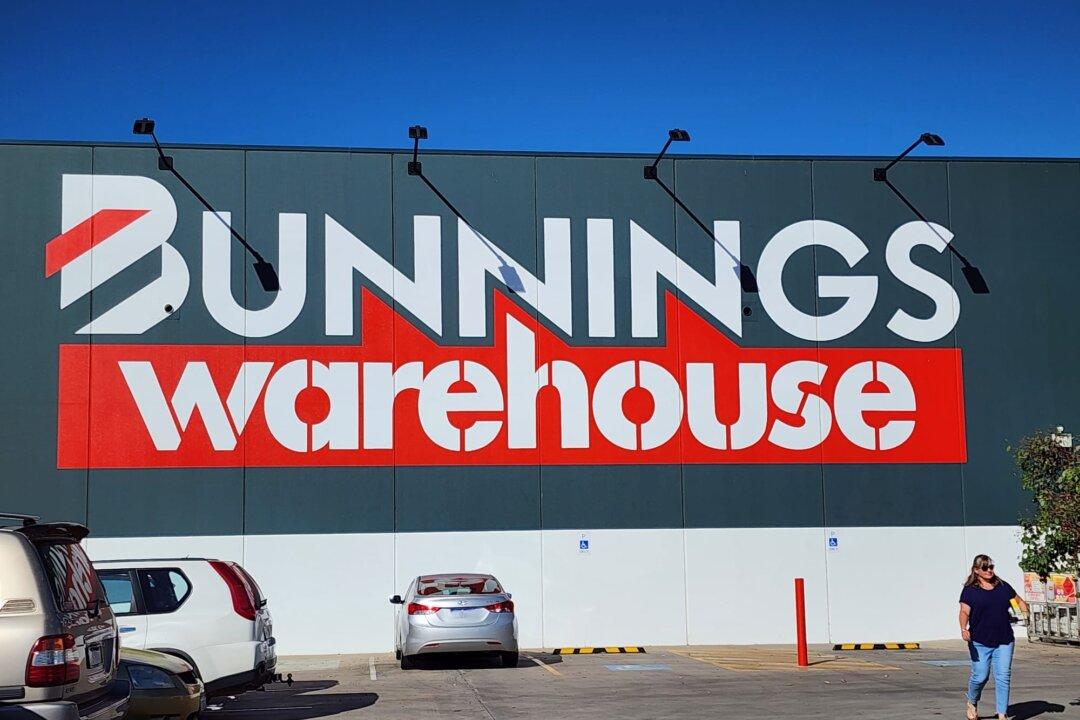
Friends Read Free